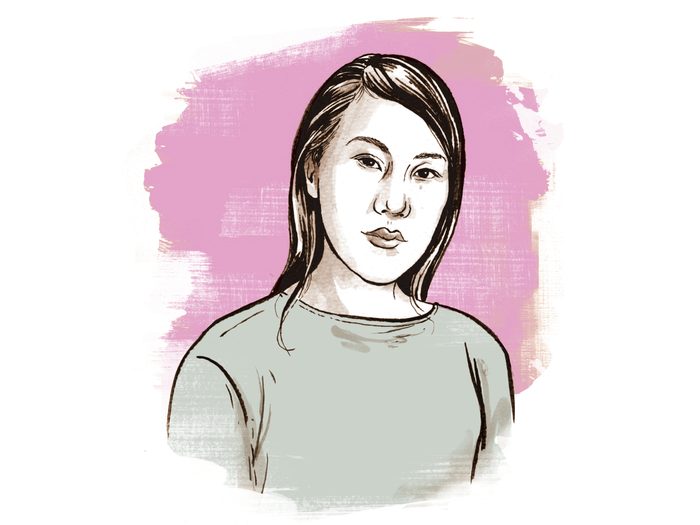This Canadian Soap Brand Is Rooted in Korean Bathhouse Culture

Karen Kim, founder of Binu Binu Soap House, on the inspiration behind the fashion-forward evolution of an ancient practice.
Throughout Korean history, public bathing has evolved. In the 10th century, Koreans bathed together in rivers and hot springs. Centuries later, when Koreans adopted tubs, a hot bath was seen as an exclusive luxury for royalty.
When the cholera epidemic in the early 1800s spurred policymakers to consider average citizens with no access to indoor plumbing at home, they created public bathhouses, and the modern Korean bath culture was born.
Karen Kim grew up in Toronto, half a world away from the Korean peninsula, and launched a fashion career that took her to Vancouver and New York. In 2015, Kim came home to Canada and founded Binu Binu Soap House, a line of bath items featuring simple, elegant soaps rooted in Korean culture.
Her Boricha soap is named for barley tea, a staple in Korean households. There is the super-mild Ae Gi, the Korean word for baby, and two soaps named for traditional women’s work: Shaman, a charcoal soap, and Haenyo Sea Woman, made with sea tangle kelp and salt and named for coastal women who free dive in the ocean, foraging for abalone, octopus or sea cucumbers to sell and to feed their families.
View this post on Instagram
In her first year of business making soaps, Kim was featured in Vogue. The press hasn’t let up since: Vanity Fair, The New York Times, Architectural Digest—Kim’s fashion-forward evolution of an ancient practice seems to have struck a chord.
Kim first experienced Korean bath culture during a trip to Korea in her late 20s. There, her mother and four aunts took her to a bathhouse spa, or jjimjilbang, every single day. The bathing areas, with their showers and baths, are divided by gender.
“It wasn’t what you would think of as a spa in North America. It was just a modest building,” Kim explains. “You go in, there’s a shower area and you strip completely naked. I was like, What? I remember saying, ‘Okay, Mom, by the way… I have a tattoo.’ I gave her a two-second warning,” Kim laughs.
“You do a pre-shower. There’s bar soap there. It’s very no frills. Once you take off your clothes, you get over yourself really quickly. No one’s even looking at you. There is such a sense of relaxation that that brings about, you know? You’re like, I’m okay. You’re okay. We’re just people.”
That deep sense of relaxation, for Kim, comes from being in community. “North American spas are about pampering and luxury and ‘me time.’ To me, the bathhouse wasn’t me time but ‘us time,’ which is, of course, a form of self-care too, but it’s community care. I love that.”
Kim says her work is a way for her to connect the present with the past. “It’s a familiar story for children of immigrants. You grow up, you reject being Korean or ‘other,’ and you try to get as far away from that as possible. And now, I’m desperate to just explore that and speak about it. What guides me today is thinking about other people like me, connecting and just being like, ‘Hey, I’m here and thinking about these things, too.’”
This story is part of Best Health’s Preservation series, which spotlights wellness businesses and practices rooted in culture, community and history. Read more from this series here:
This Soap Brand Is Sharing the Healing Power of Inuit Tradition
Sharing Chinese Herbal Soups and Teas, Steeped in Tradition
Meet Sisters Sage, an Indigenous Wellness Brand Reclaiming Smudging
Get more great stories delivered straight to your inbox by signing up for the Best Health Must-Reads newsletter. Subscribe here.




